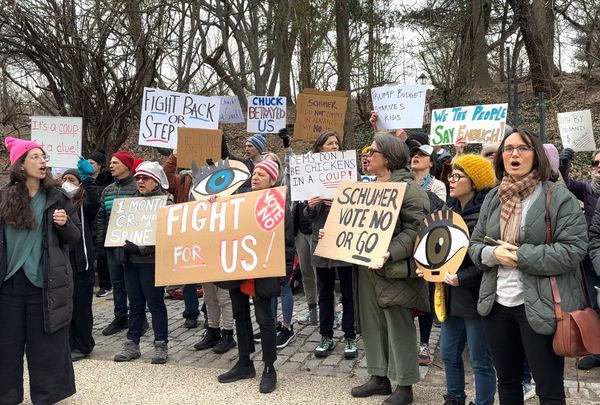
Essential workers in New South Wales such as teachers and nurses are being priced out of housing in suburbs near their workplaces and are facing longer commutes, new data reveals.
The data, provided by the Australian Urban Observatory and analysed by Guardian Australia, shows many essential workers are clustered in areas where housing is cheaper, but also that they face displacement from these areas as housing costs rise.
The data shows that essential workers in NSW are concentrated in LGAs with a majority of low-income households, including the Central Coast, Canterbury-Bankstown, Penrith, Liverpool and Campbeltown. These LGAs also have some of the highest rates of people living in community housing.
In the 10 LGAs in NSW with the largest concentration of essential workers – such as teachers, nurses, social workers and emergency responders – their average distance to work was 13.25km. By comparison, the average commute for essential workers across the state was 7.5km.
The data showed a similar picture in Victoria, where the average commute in the 10 LGAs with the most essential workers was 9.42km, while the statewide average was 7.69km.
The director of the Australian Urban Observatory, Melanie Davern, said the data showed how the housing crisis was exacerbating inequality by pushing people, particularly essential workers, to “outer commuter areas” such as Geelong.
“People live in Geelong and commute to Melbourne. So it nearly becomes part of greater Melbourne, in some sense. People are going into what would have been these outer commuter areas … separate [cities] that are now feeding into the greater cities.
“If we don’t have access to teachers, because the commuting time is too long, or they choose not to work in particular areas, then we’re also building inequity across society,” Davern said.
“It’s not just about me versus the next person. It’s about what kind of society do we want to build? What does progress look like for this country? How are we going to make a better place?”
Other LGAs containing high concentrations of essential workers are facing “rapid increases in housing costs”, according to the index.
Research by Dr Catherine Gilbert at the University of Sydney published earlier this year backed up the finding that essential workers on low to moderate incomes were being priced out of areas around where they work.
Over the past three census periods there has been a significant loss of essential workers across inner Sydney, and a growing concentration in outer suburbs and satellite cities, Gilbert’s report found.
Gilbert said early-career essential workers, or those on low to medium incomes, were finding it impossible to find affordable housing in Sydney. The resulting squeeze on essential workers was a “threat to public health and safety”, she said.
“If we don’t have essential workers, who can fill roles in central city areas? It’s actually going to affect how our cities function into the future.
“Emergency services, frontline healthcare roles and community welfare support roles, those folks actually need to be on call. They need to be able to live close to work so that they can be on call to respond to emergency situations – they can’t really effectively do that if they can’t get to work within 20 or 30 minutes,” she said.
“Because essential workers are doing quite physically demanding jobs that require them to be physically present, if they have to endure a very long commute, it’s really just exacerbating burnout, and will act as a deterrent to stay in that role.”







